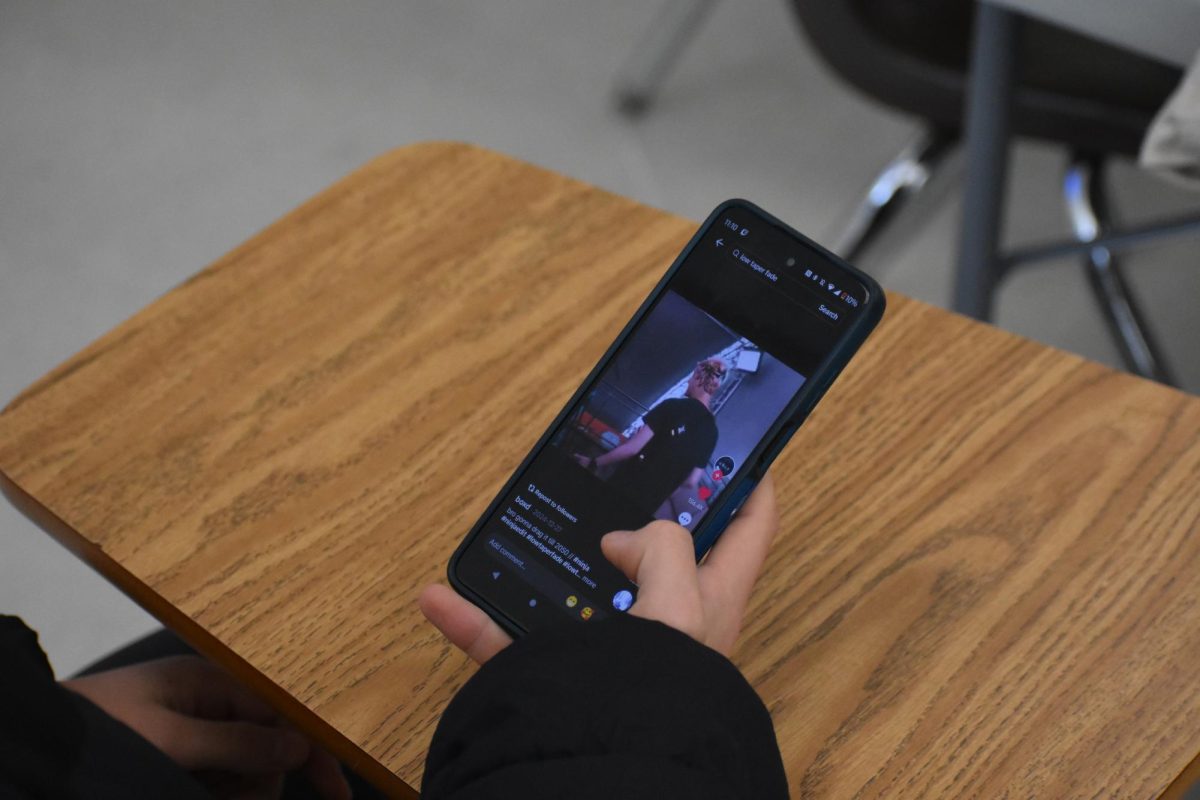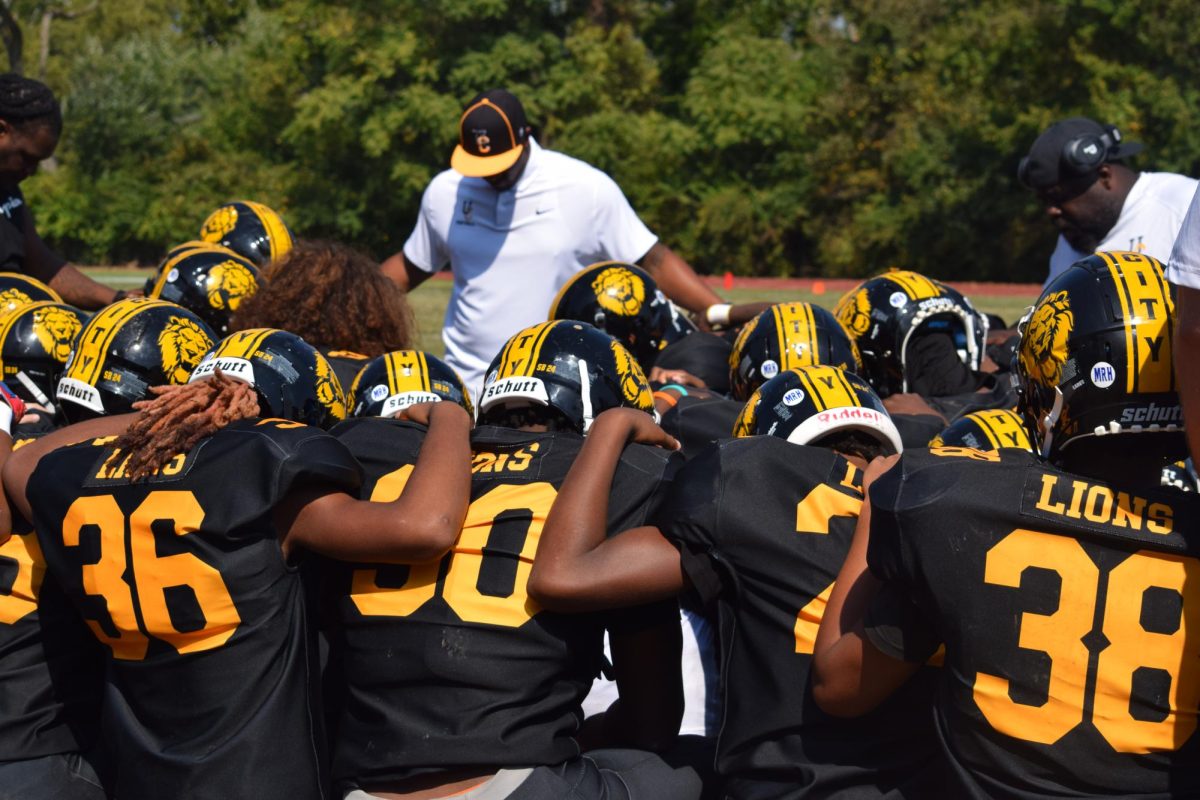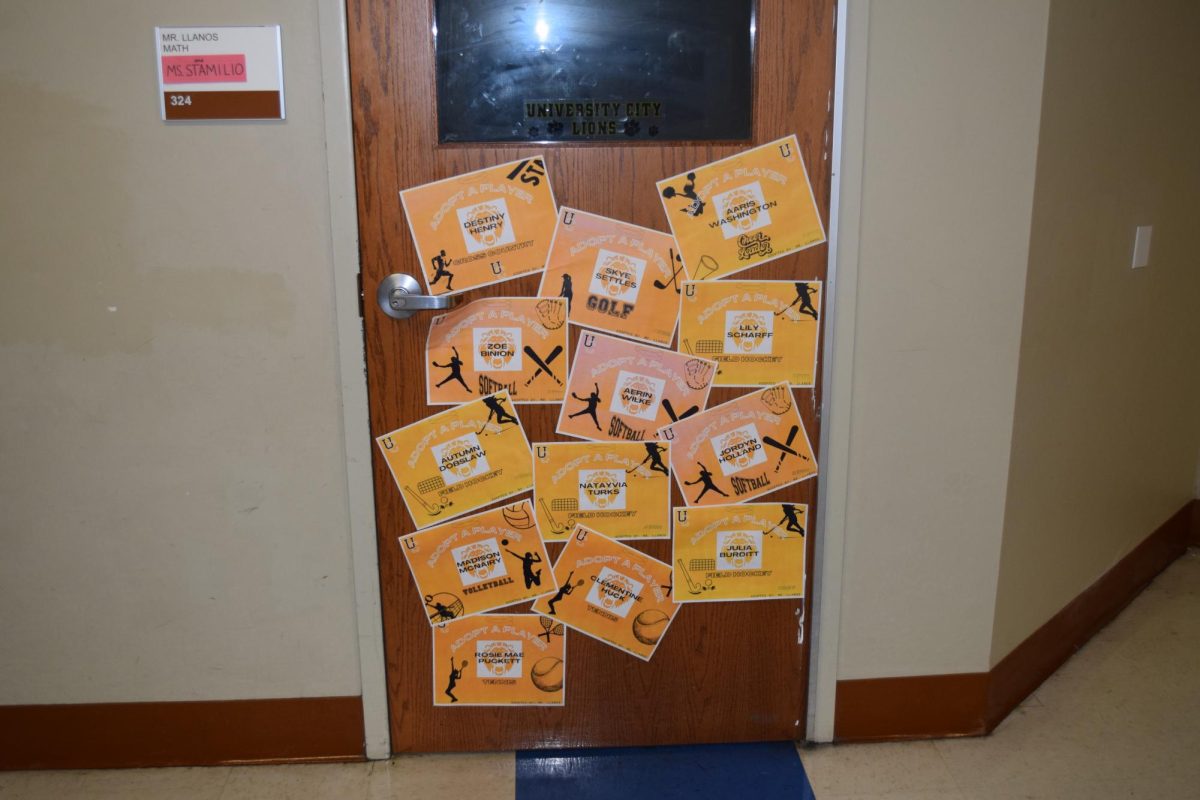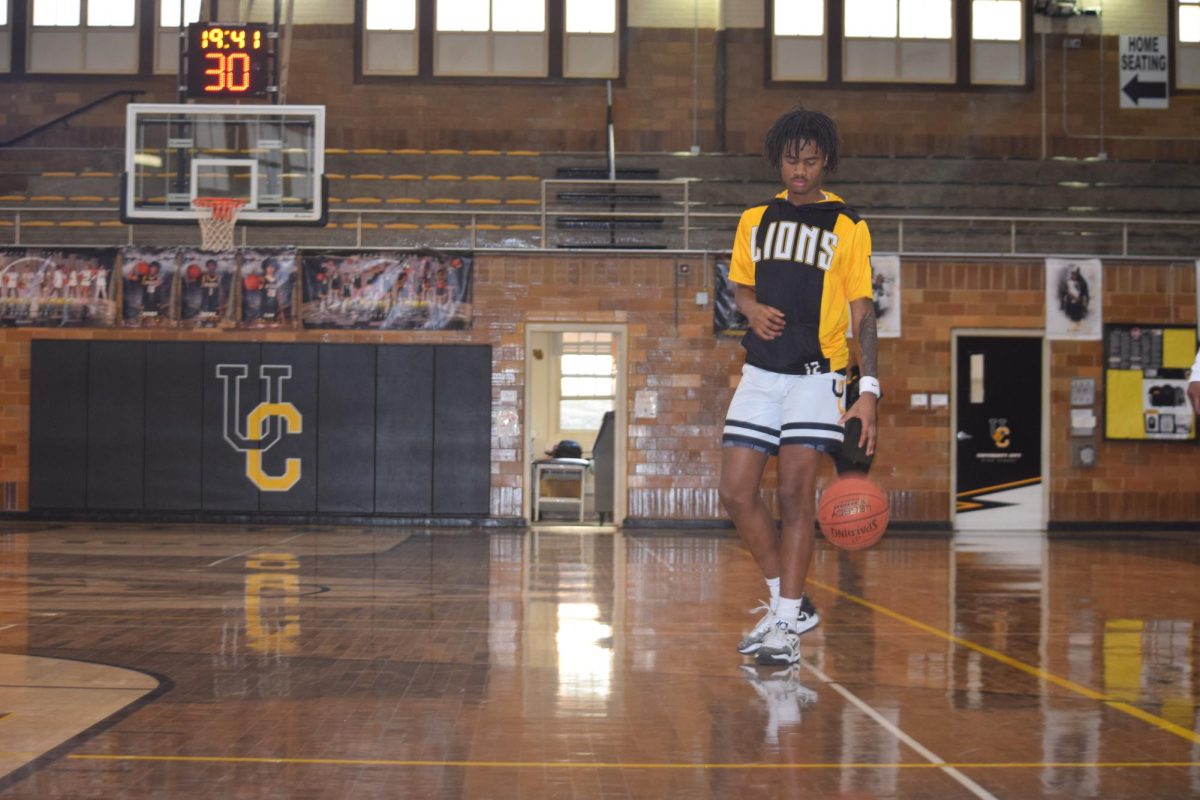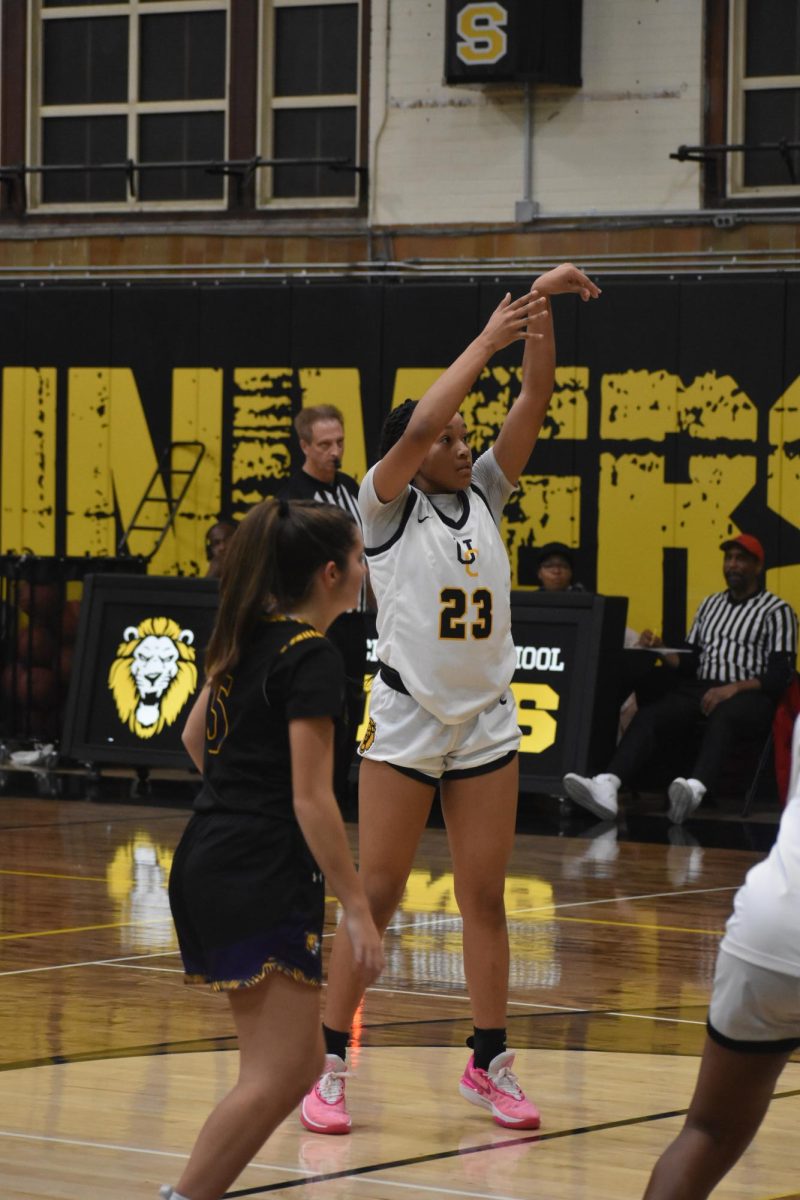The looming threat of school uniforms has reared its ugly head at University City High School. What crisis is this visible display of conformity supposed to solve? The empirical evidence does not support the delusion that uniforms accomplish anything positive and the institution of uniforms in public schools has brought legal challenges across the country. Don’t we have better ways to spend taxpayers’ money than in the courts defending uniforms?
Proponents of uniforms claim that standardized dress will limit distractions in the classroom, reduce disruptions, and improve academic performance. What are the facts? According to David Brunsma and Kerry Rockquemore in The Journal of Education Research (1998;92: 53-62), “student uniforms have no direct effect on substance use, behavioral problems or attendance.” They also showed that students who were forced to wear uniforms actually performed several points lower on standardized tests. Students need to feel comfortable to be at their best to learn; starchy uniform materials may impede academic success for some by sheer discomfort.
What about the cost? Some argue that students spend too much on designer clothes and believe uniforms will reduce expenses. Let’s be realistic. Students would tear their uniforms off within minutes after the ending bell. They still would need a set of clothes to wear outside of school, where there is no use for uniforms. Rather than level the playing field, uniforms would add a burdensome expense to poor families unable to afford a double wardrobe. According to the group Asserting Parental Rights-It’s Our Duty, uniforms infringe on the right to a free public education (www.aprod.org).
Some argue that wearing a uniform is good training for later employment. What well-paying jobs that don’t involve flying a plane or wielding a weapon call for uniforms? Moreover, most universities expect their graduates to be fully employable, yet few require uniforms.
Uniforms hinder creative expression, strip individuality and ensure conformity. As uniforms may be ugly or unflattering, they may damage a student’s self-image, whereas expressing creativity and individuality can enhance self-esteem. By limiting a student’s freedom to choose, uniforms, in my opinion, convey a negative institutional image suggesting that students require constant control. On the contrary, the experience of choosing what to wear lets teenagers continue on a path to responsibility. Forced to wear uniforms, students would need to find other, perhaps inappropriate, ways to exercise choice and self-expression.
The most important reason to reject uniforms centers on our core educational values. In University City we accept, and in many ways, celebrate the diversity of people and ideas. The very nature of uniforms runs counter to our philosophy of freedom of expression. The choice of dress is one component of a person’s identity and, within boundaries of a reasonable dress-code, can be viewed as a constitutionally protected right to free speech. The history of repressive societies teaches us that leaders who embrace uniforms reject personal freedom. The students at University City High would be right to rebel against such restriction.
Student uniforms should not be implemented at our school. My opinion does not stand alone. None of the students I interviewed wanted school uniforms (a single maybe). Even the mission statement of our school district supports the arguments against uniforms: It calls for students to “value creativity, respect diversity and make responsible life choices.”
The message rings clear: YES to diversity, NO to uniforms!

